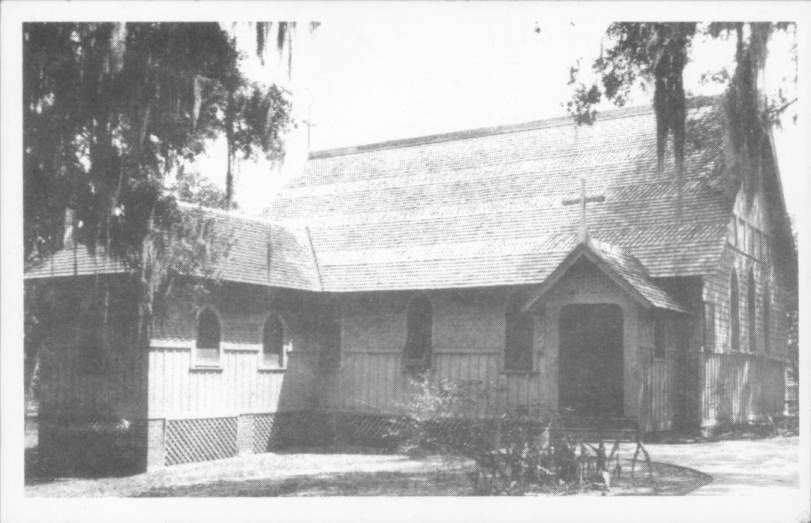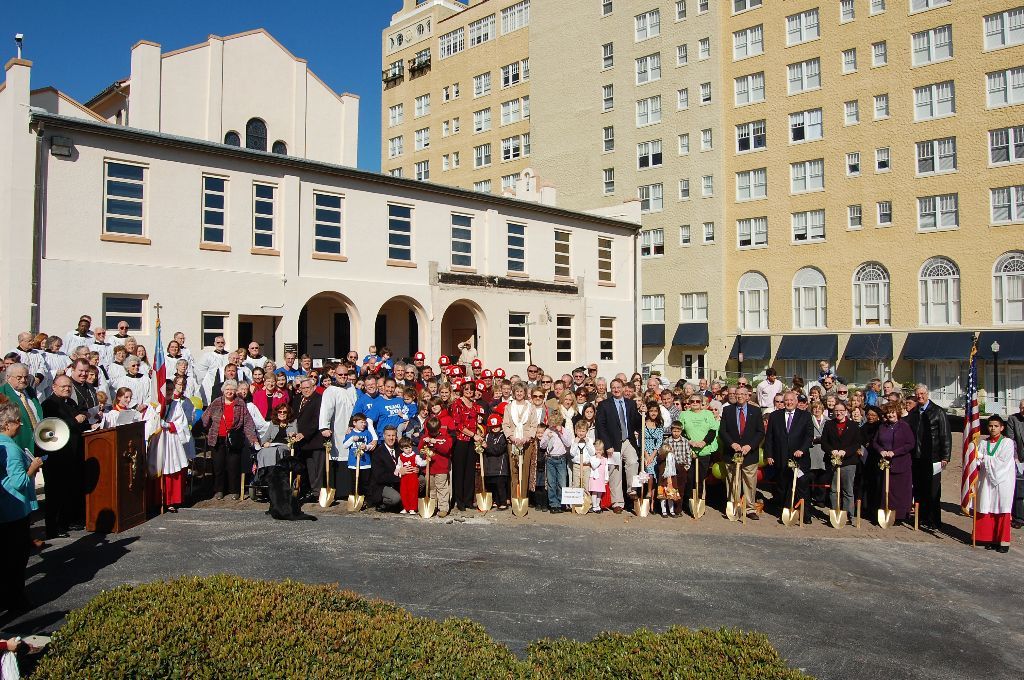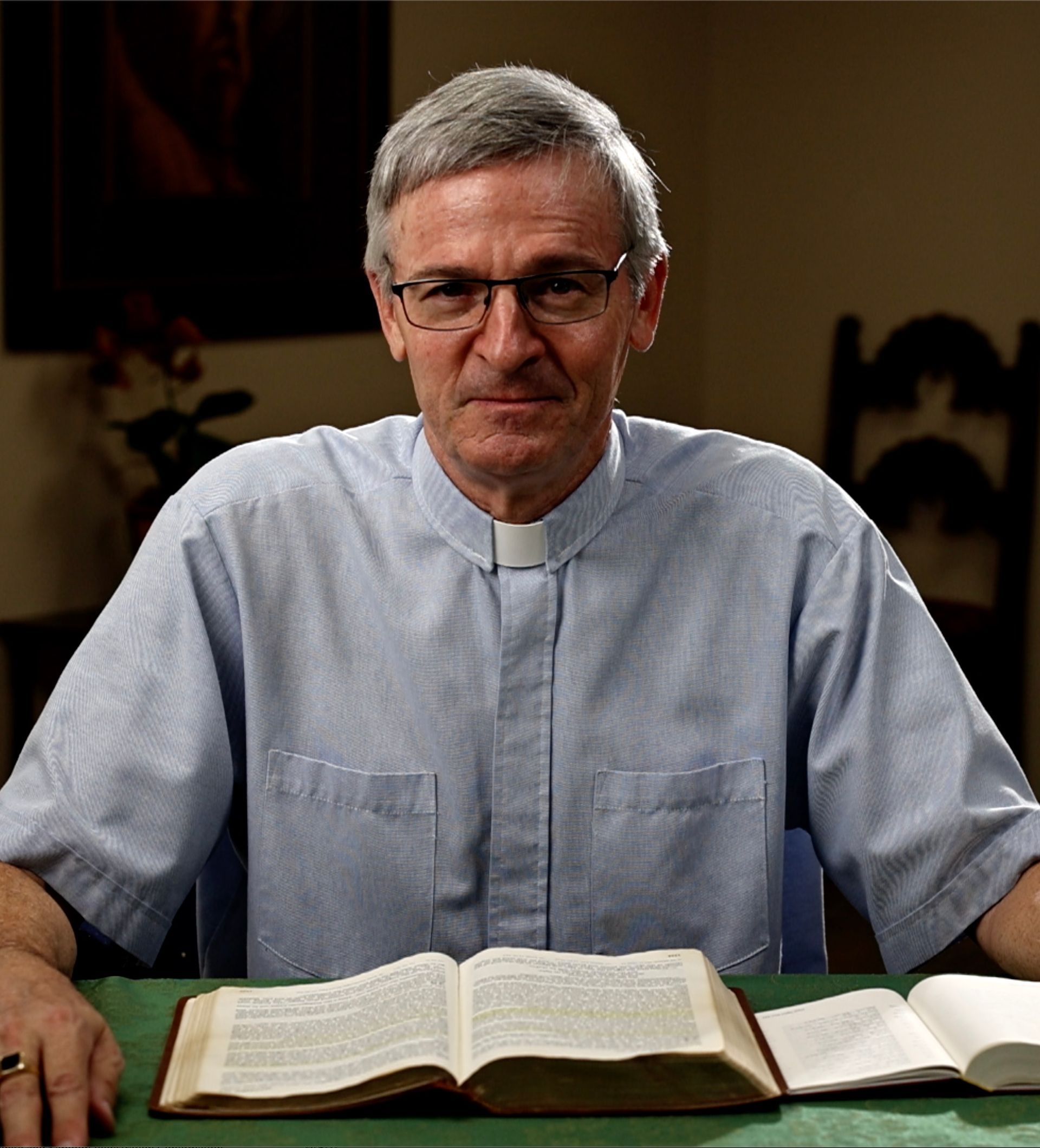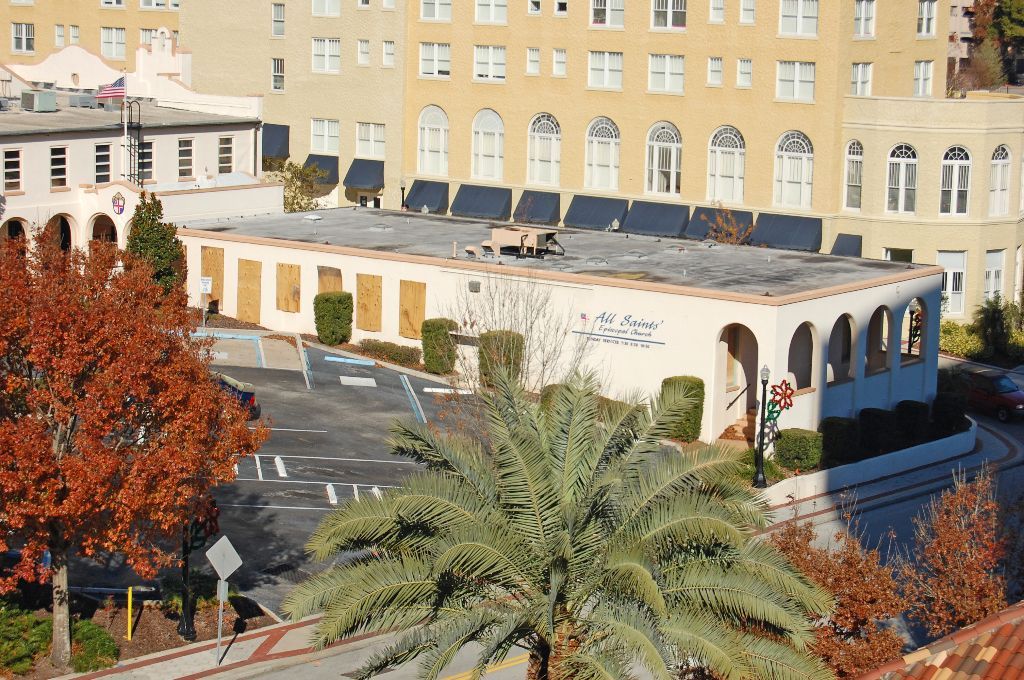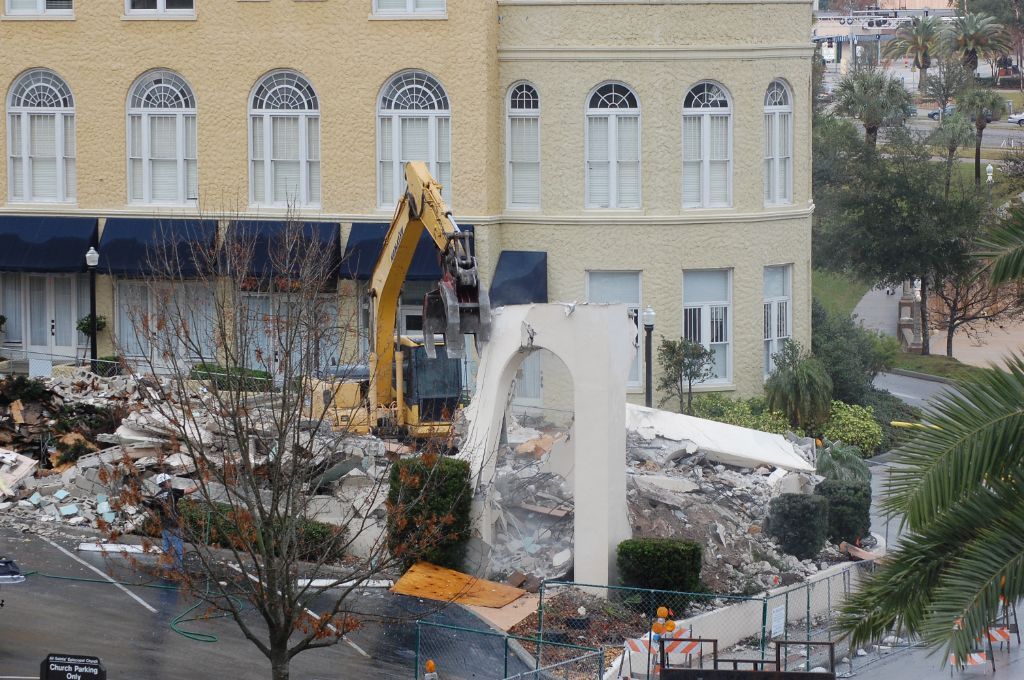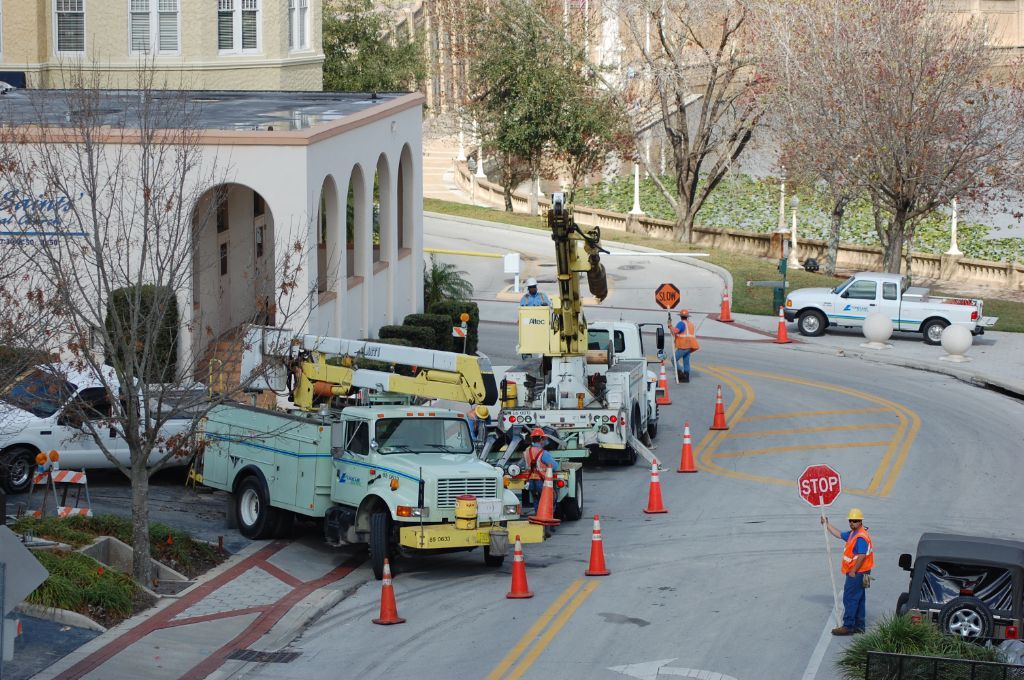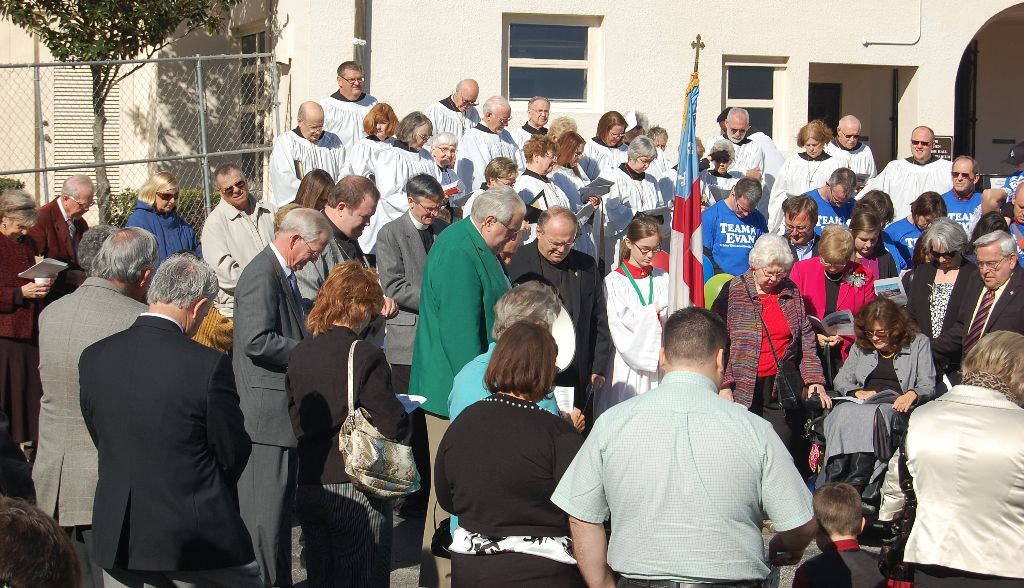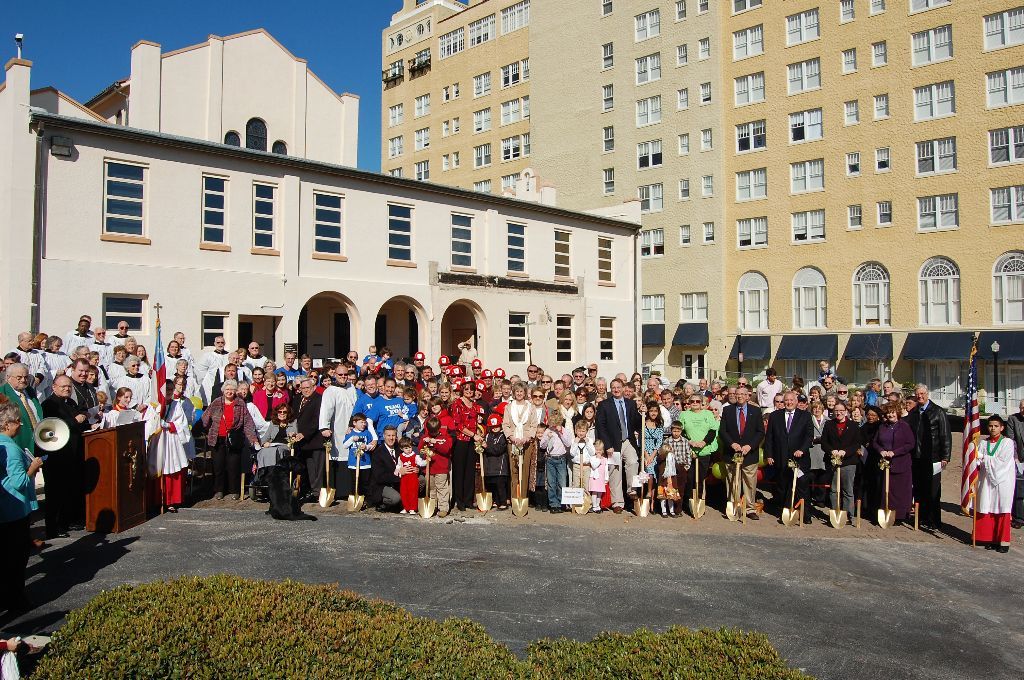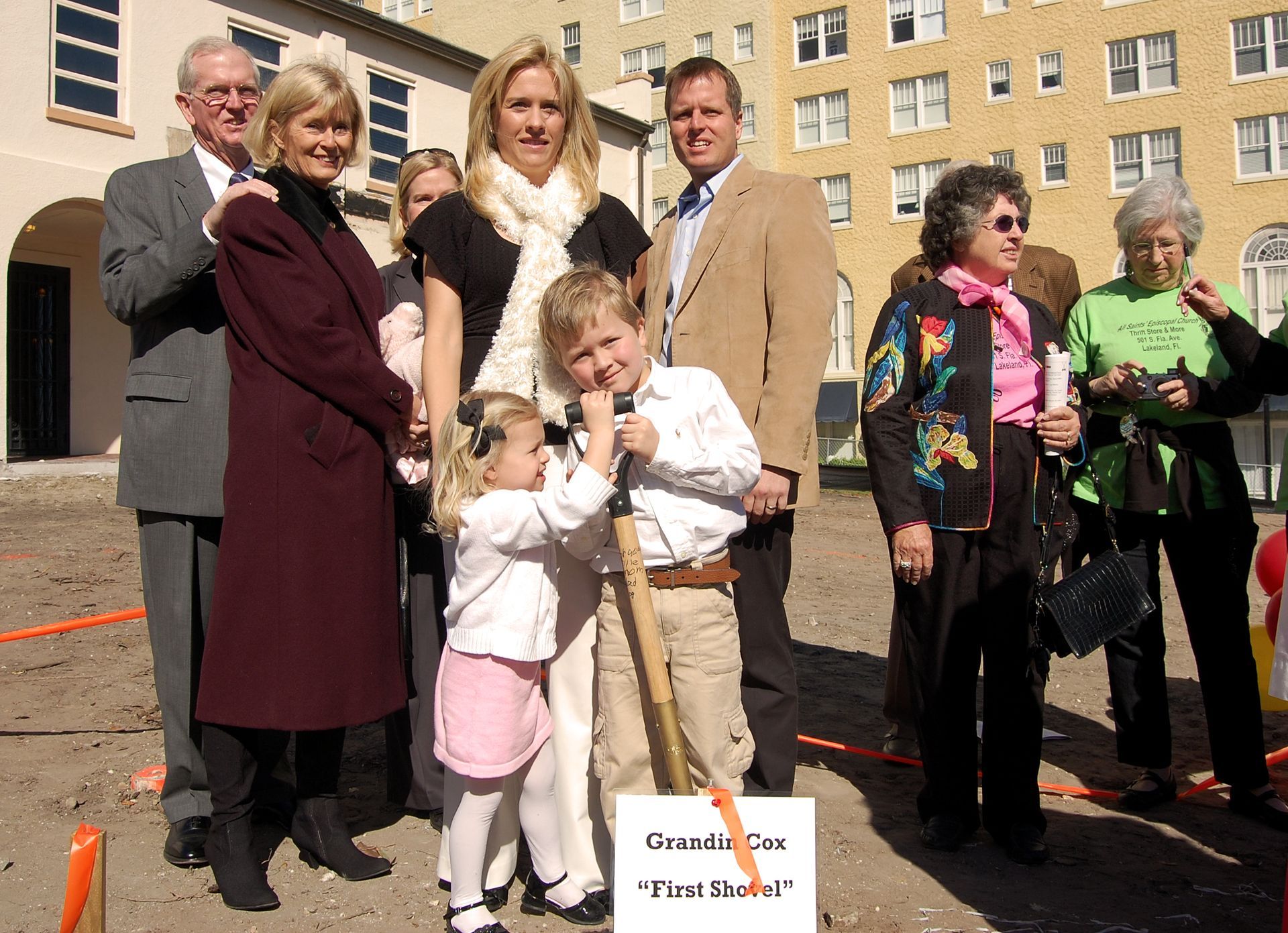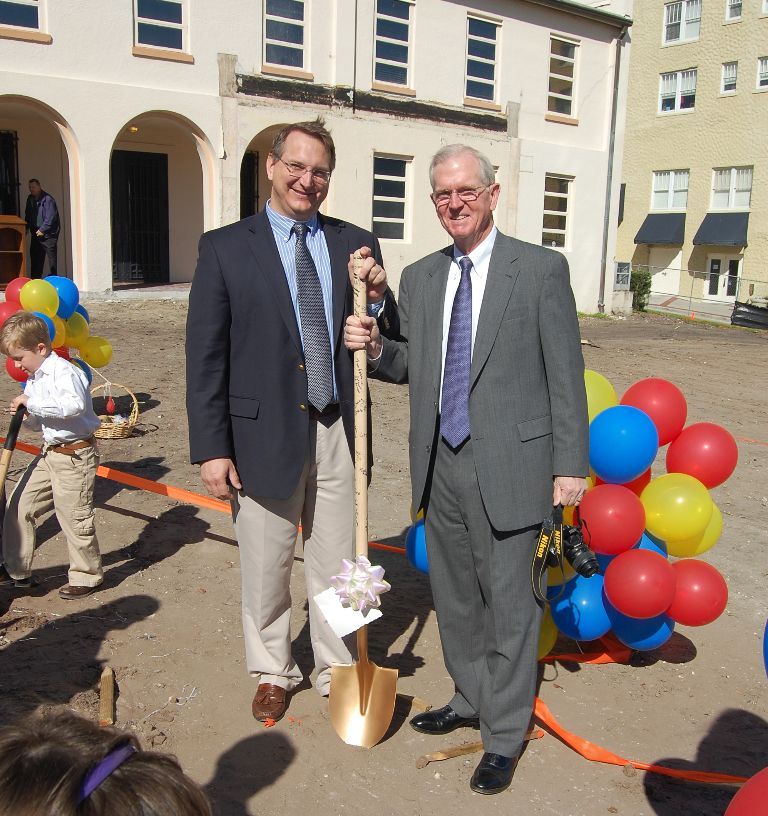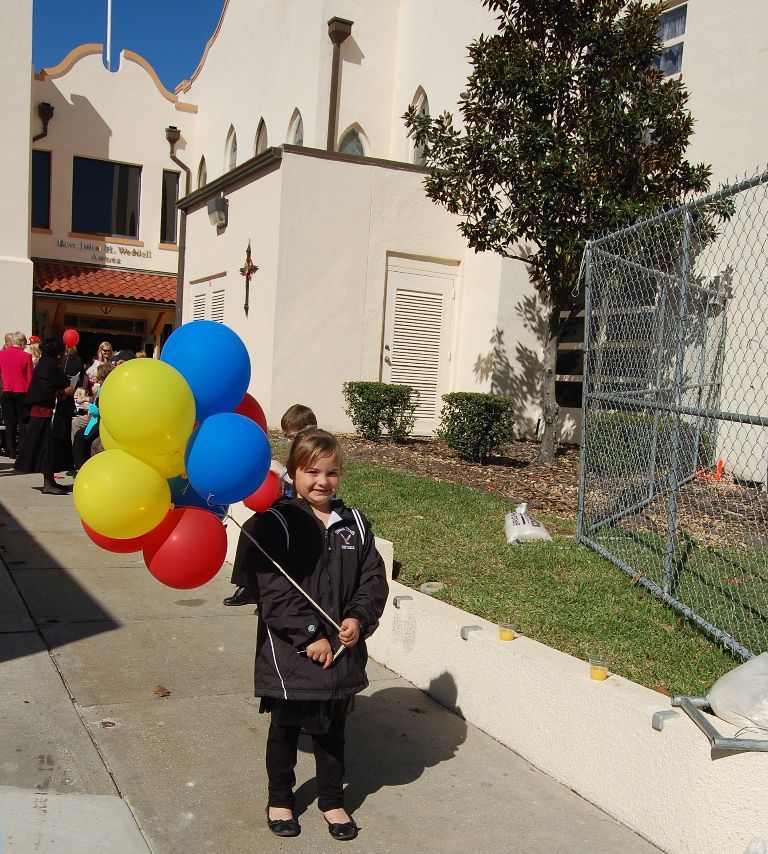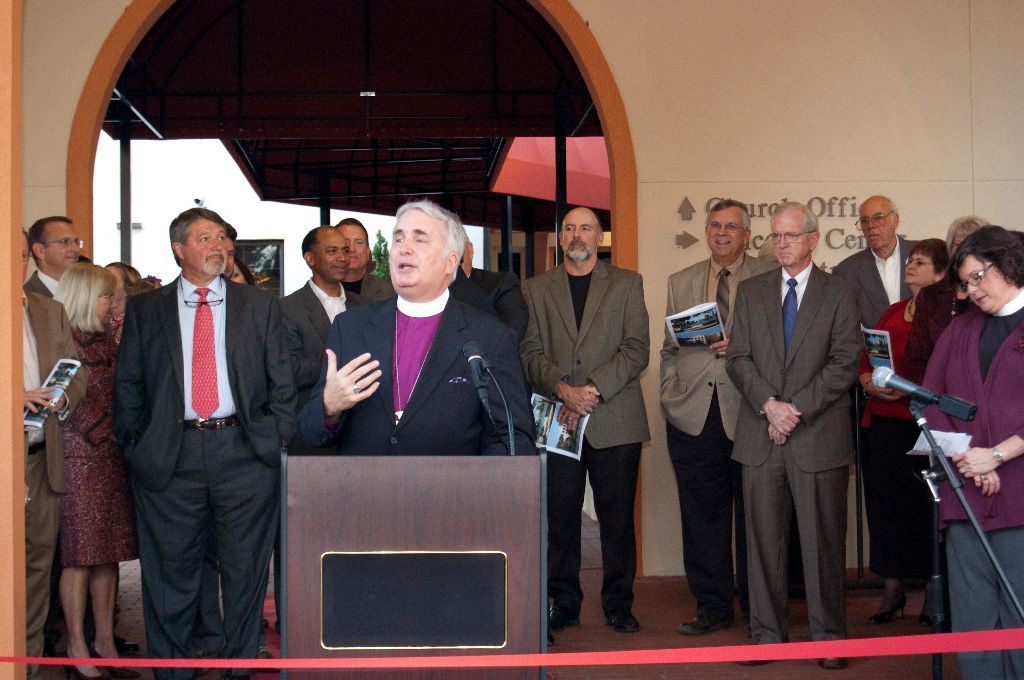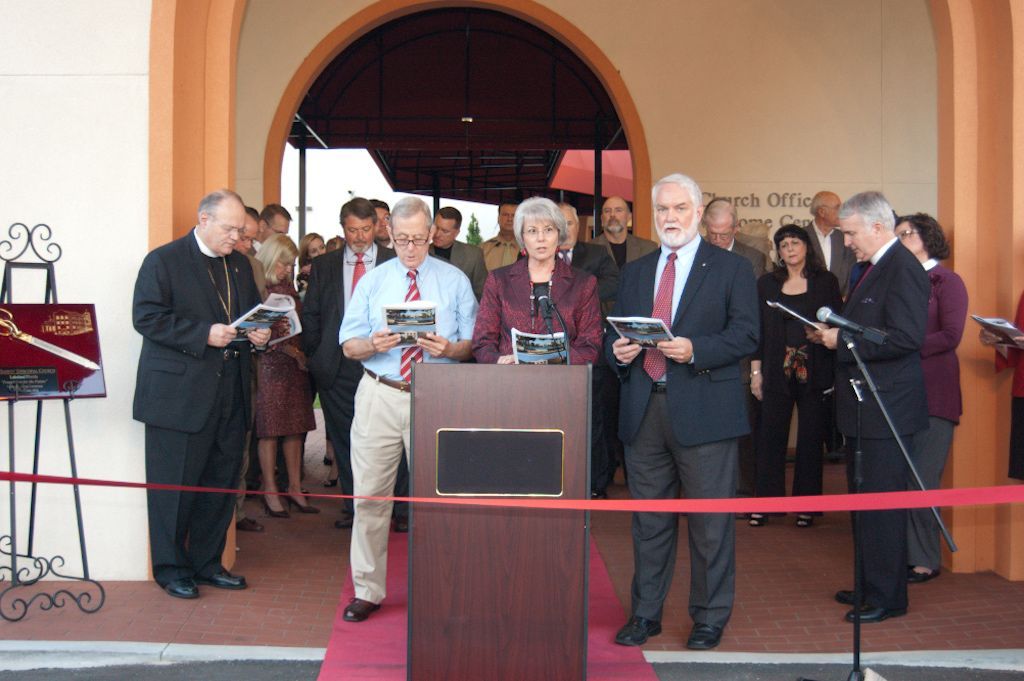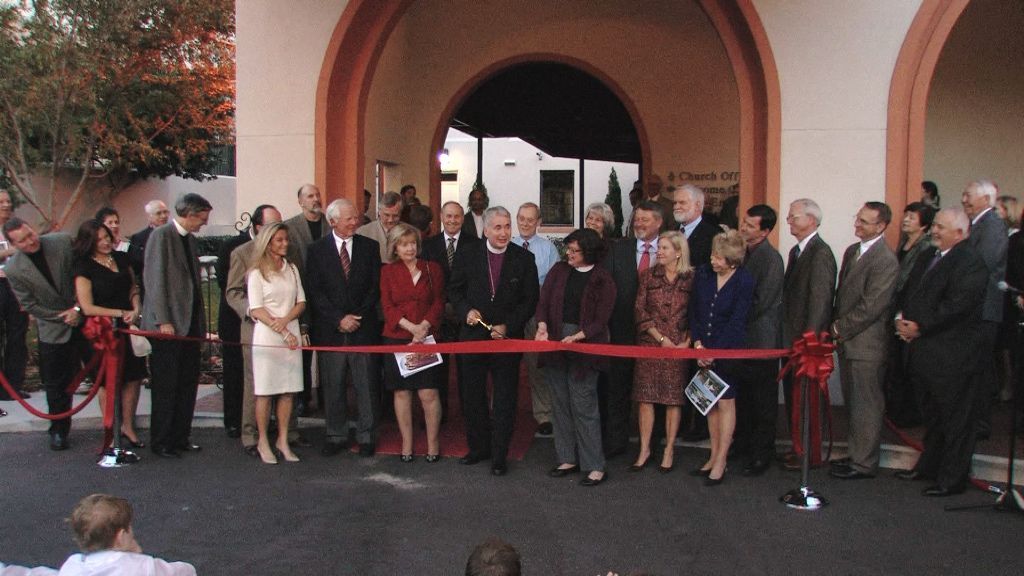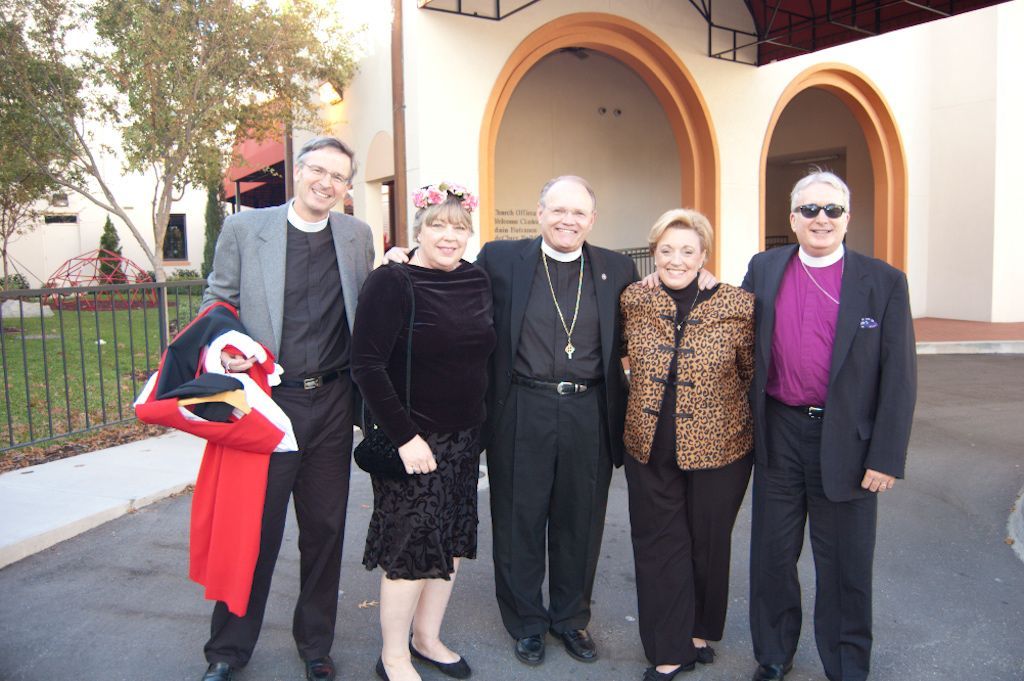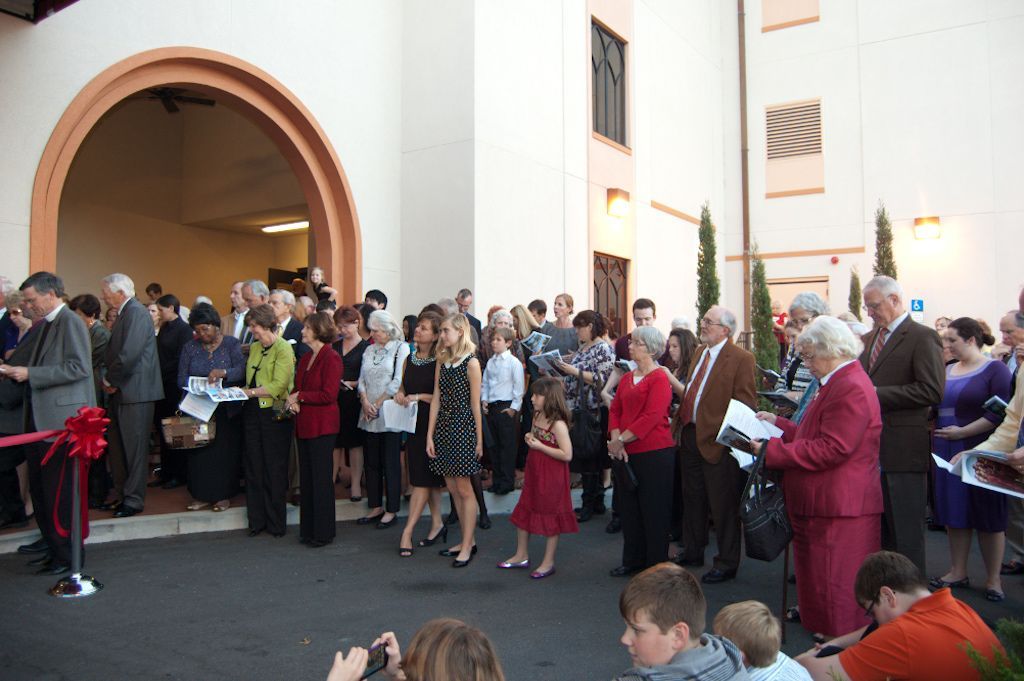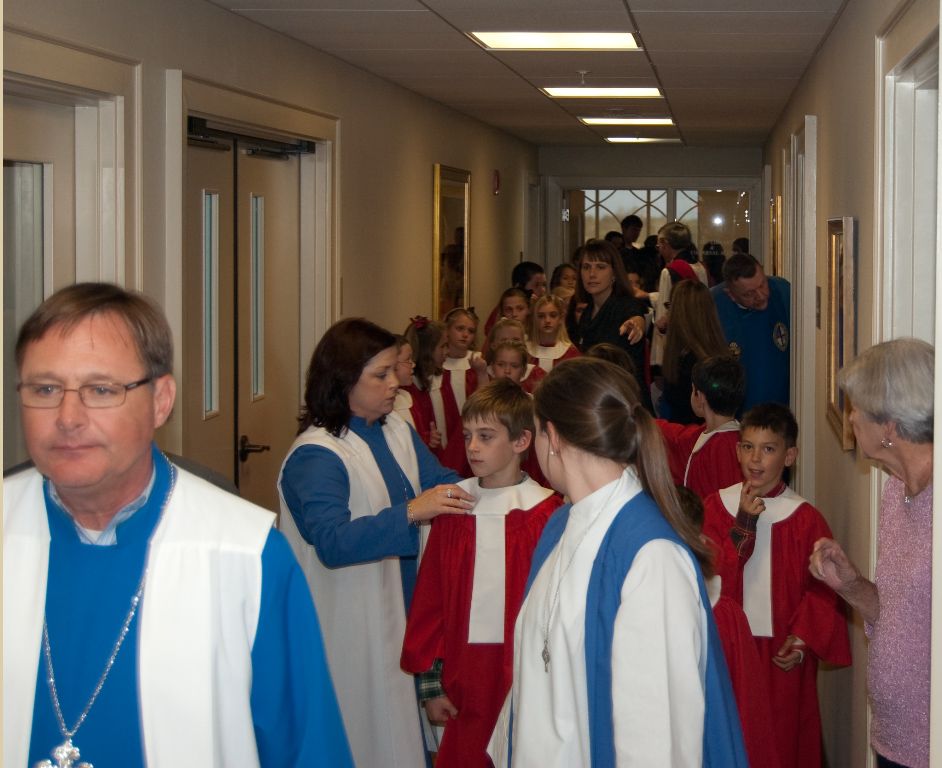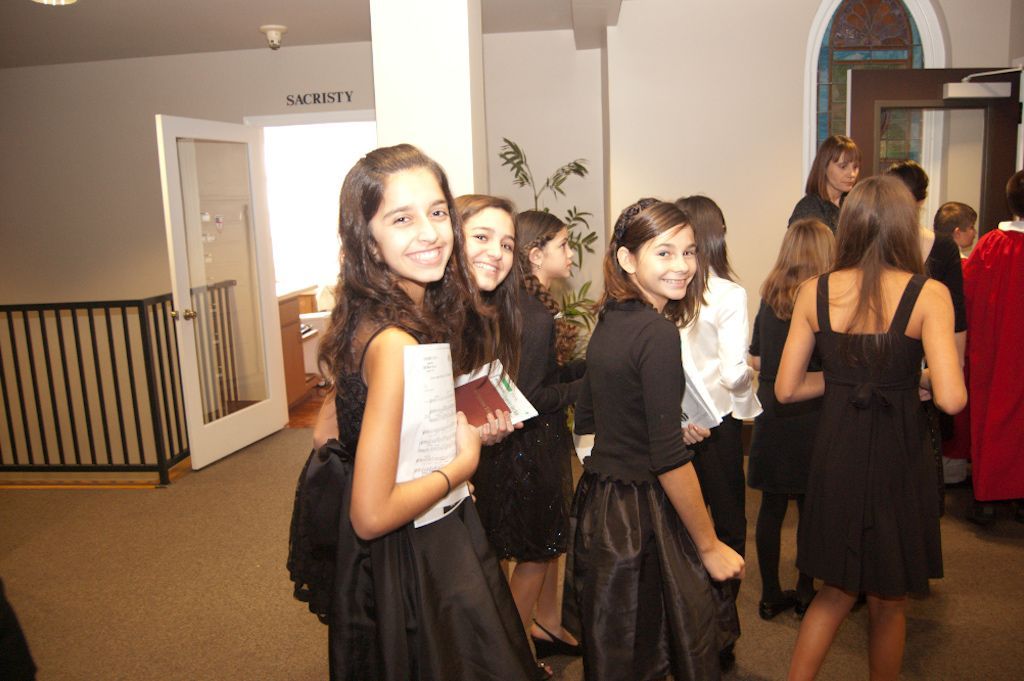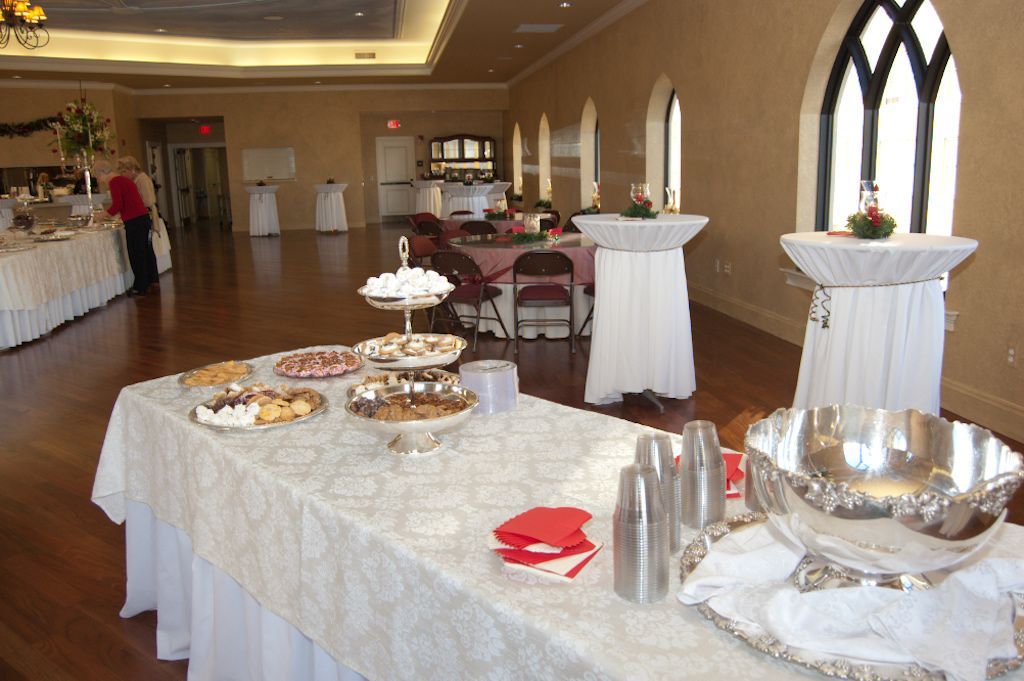In 1884, the first railroad line connecting the Florida coasts opened up new opportunities for citrus development. A group of English settlers founded the town of Acton between Lake Parker and Lake Bonny and built an Episcopal church called "All Saints" on what is today East Gary Road. The small community failed and dispersed after the freeze of 1890 ruined its economy, and the little church was closed for three years. However, after serving there every month for five years before the freeze closed the church, the Rev. John H. Weddell, who was serving in Thonotosassa, was unwilling to see the mission die. He obtained permission from Bishop Weed in 1892 to move the little building to the corner of Lemon and Massachusetts Avenues in nearby Lakeland.
The Rev. Weddell moved to Lakeland in 1892, and the tiny Episcopal community began to grow. When he retired in 1914, he had served 27 years as vicar. The 1991 Annex was named in honor of his long service.
On his retirement, the mission was designated as a self-supporting parish, the Rev. Richard Bolton was named rector, and a rectory was built behind the church. The Rev. John B. Curtis, who oversaw the construction of an education building to accommodate the growing number of programs serving the church and community, succeeded Rev. Bolton in 1916. When the Rev. Curtis retired in 1922, the membership stood at over 200, and space issues had become paramount. The new rector, the Rev. G. Irvine Hiller, led the parish to build a new church instead of a new parish hall. Thus, the wooden church, which had served since Acton days, was demolished. Its furnishings, including the altar carved by the Rev. Weddell, were incorporated into the St. Mary's Chapel of the new Spanish Revival building, which could accommodate 400 at worship.
This construction came not too soon as Lakeland flourished during the Land Boom of the 20s. The parish increased to 900 members by 1930 when the Rev. William F. Moses was called to succeed the Rev. Hiller. Despite the Depression, the mortgage was paid off, and the church interior was decorated, including stained-glass windows in the nave. The wooden education building was sold, and classrooms were built in the undercroft. Space was then set aside for a nursery and parlor. Many activities for young families were initiated during this time. The Rt. Rev. John M. Allin, 23rd Presiding Bishop of the Episcopal Church, visited All Saints', Lakeland, on February 26, 1984.
The Rev. Moses served until 1953. These were years when it became evident that Lakeland held great growth potential and that the Episcopalian community was growing beyond what one location could accommodate. The new rector, the Rev. Clifton H. White, expanded upon existing plans for a satellite Sunday School further south in the city, and the mission parish of St. David's was born. The father of a large family, the Rev. White, decided to move to a house off-site and have the old rectory demolished to make way for a youth hall. This was completed in 1961, and an ever-expanding series of youth events was hosted.
As the parish continued to prosper, a new pipe organ was added, and the front porch was enclosed in glass.
Father White served All Saints for 25 years.
The Rev. Ronald Davis, in 1979, came at a time when the Renewal Movement was beginning to take hold in the Episcopal Church. All Saints' was not unaffected. Contemporary expressions of worship and healing services attracted many new members. Growth was such that another mission parish, Christ-the-King, was established on the north side of town in 1983. Plans were made for a new education and administration wing to be built. The Rev. Davis moved to Tallahassee in 1988.

